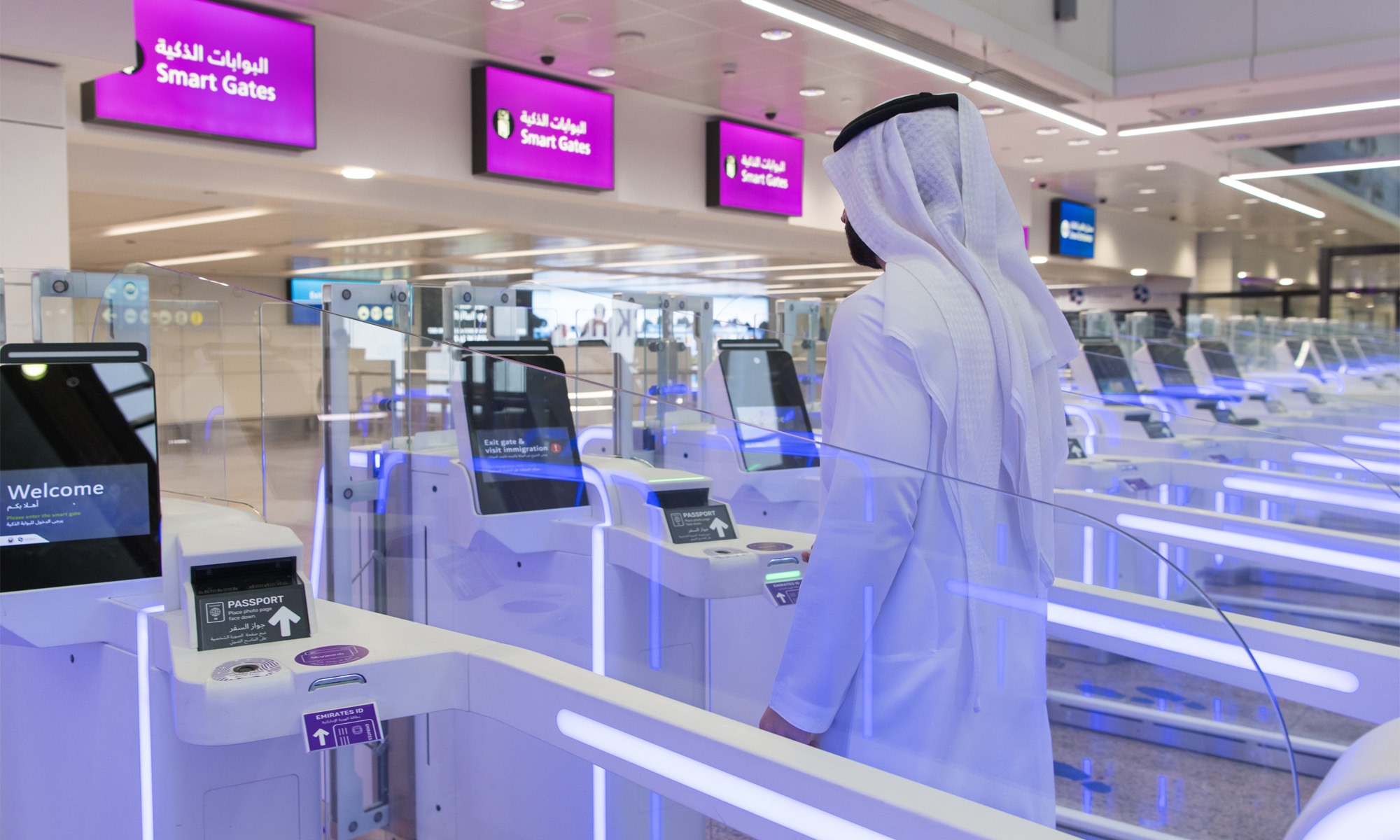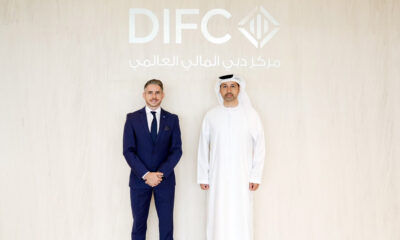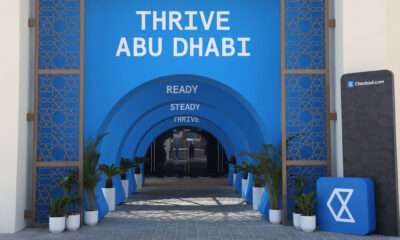News
Dubai Airport To Introduce Complete Biometric Admin System
The new technology will make journeys faster and seamless by identifying people based on unique physical and behavioral cues.

Dubai Airport is working on a unified biometric system for check-ins, immigration, and boarding that will improve speed and efficiency for passengers.
Speaking at a press conference yesterday, the General Directorate of Residency and Foreigners Affairs (GDRFA) said that Dubai International Airport would deploy the technology to identify individuals based on unique physical or behavioral characteristics.
This single system will increase the number of passengers that can be handled by airport staff while eliminating the need for immigration counters, officials explained.
“We have been working on this one biometric project for two years. The idea is to make passenger journeys faster, easier, and seamless using one biometric. For example, passengers coming for check-in will use the same biometrics in immigration, lounge, and boarding the aircraft. We call it a smart journey. In the future, we may not see classic counters as we know them today,” said Major General Obaid bin Suroor, deputy director-general of GDRFA.
Meanwhile, Major General Talal Al Shangeti, assistant director-general of the Airport Passport Sector at GDRFA, said that the GDRFA was working with all stakeholders to improve services to make Dubai International Airport one of the best in service.
Also Read: Tourists Can Now Use Their Home E-Wallets In The UAE
Over 42 million passengers used airports and immigration borders, with 37% using smart gates during the January-June period.
“Our target is to reach 80% of people using smart gates and other technologies. We hope to achieve this in a couple of years. We believe Dubai airport will completely deploy biometric technology,” revealed Major General Talal.
Currently, there are 120 operational smart gates at Dubai International Airport, and the aim is to reach 150 by the end of 2023 or early 2024.
News
Influencer Growth Fuels Saudi Creator Economy Surge
The Kingdom’s creator economy grew over 32% in Q1 2025, fueled by TikTok, UGC, and cost-per-action (CPA) influencer models.

Saudi Arabia’s creator economy saw a significant 32.37% growth in the first quarter of 2025, driven by an uptick in influencer marketing, content-driven e-commerce, and the increasing influence of user-generated content (UGC). These insights come from a recent study by Admitad and the Stllr Network.
Much of this momentum is coming from video-based platforms, where brands are leaning on creators who feel more relatable than polished ad campaigns. The trend shows a clear preference for authenticity, as audiences gravitate toward content that feels real and personal.
Mohannad Alzahrani, Co-founder and VP KSA of Stllr Network, highlighted the shift: “The rise of user-generated content (UGC) is changing the way brands engage with consumers. Audiences trust real creators more than traditional advertising, making UGC a key driver of authenticity and sales”.
TikTok remains the dominant platform in this space, reportedly reaching 88% of the Saudi population. It also showed the sharpest rise in influencer-led transactions. Other platforms followed with solid, if less dramatic, growth: X was up 17%, Instagram increased by 12%, and Telegram by 10%.
In terms of content niches, beauty led the pack with a 56% growth rate, followed by lifestyle at 45.8% and fashion at 18.2%. Tech content also showed healthy traction at 10.6%, while entertainment, food, fitness, parenting, and gaming posted smaller — but still positive — gains.
Also Read: Top E-Commerce Websites In The Middle East In 2025
The report analyzed more than 300,000 influencer-driven purchases. These efforts translated into a 15% year-on-year jump in Gross Merchandise Value (GMV) and a 5% increase in the number of orders in 2024. Influencers themselves are seeing the benefit, with average order values hitting $54 and creator earnings rising by 14%.
A noticeable trend is the move away from fixed-rate deals. More influencers in Saudi Arabia are embracing hybrid compensation models — especially cost-per-action (CPA) setups that tie their earnings directly to performance.
As Anna Gidirim, CEO of Admitad, explains, “The CPA model brings much-needed transparency to influencer marketing. Brands only pay for actual results, and influencers benefit by securing long-term partnerships while offering their audiences exclusive promo codes and special discounts”.
However, the ecosystem still shows a gender imbalance. The data indicates that 63% of creators in Saudi Arabia are men, while women account for just 37%.
























